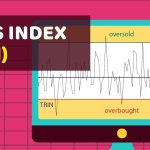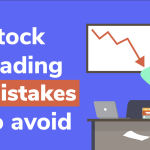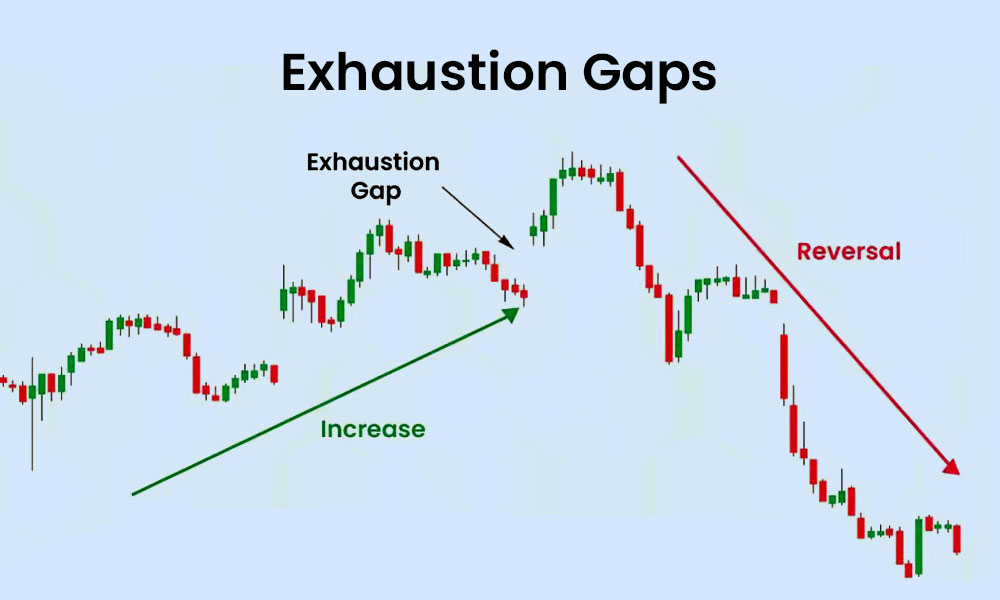
By ATGL
Updated September 24, 2025
Market internals represent the underlying strength or weakness of financial markets beyond what headline indices reveal. While the S&P 500 or Dow Jones might show impressive gains, market internals can expose whether that movement reflects broad participation or narrow leadership. Understanding and trading with market internals provides you with deeper market insights that traditional price analysis alone cannot offer.
What Are Market Internals, and Why Do They Matter?
Market internals are statistical measures that examine the internal structure and health of financial markets. These indicators analyze components such as advancing versus declining stocks, volume distribution, and breadth participation across different sectors and securities. Unlike price-based indicators that focus on where markets are moving, internals reveal how markets are moving and the quality of that movement.
How Internals Provide Context Beyond Price
When a major index reaches new highs while internals show deteriorating breadth, this divergence often signals underlying weakness that price alone might not reveal. Conversely, strong internal readings can validate price movements and suggest trend continuation.
Market internals act as a health check for overall market conditions, revealing details about participation, volume distribution, and market sentiment that remain hidden when focusing solely on index movements. This additional context helps you make more informed decisions about trend sustainability and potential reversal points.
When To Rely On Internals Over Traditional Indicators?
Market internals become particularly valuable during periods of market transitions, divergences, and when traditional indicators provide conflicting signals. During major stock market turns, internals often begin deteriorating or improving before price action reflects these changes. This early warning capability makes internals especially useful for identifying potential inflection points.
Professional traders often prioritize internals when markets approach significant support or resistance levels, during earnings seasons, and following major economic announcements when market structure can shift rapidly.
Key Market Internals Traders Should Know
Advance-Decline Line And AD Volume
The advance-decline line measures the cumulative difference between advancing and declining stocks, providing insight into market breadth. This indicator reveals whether market movements have broad participation or remain concentrated in specific sectors or stocks.
New Highs vs. New Lows
The ratio of stocks making new highs versus new lows provides another perspective on market health. During healthy uptrends, new highs should consistently outnumber new lows. Deteriorating new high/new low ratios often precede broader market weakness, even when major indices continue advancing.
Tick, Trin, and Volume-Based Internals
The TICK indicator measures the number of stocks trading on upticks versus downticks, providing real-time insight into buying versus selling pressure. Extreme TICK Index readings often coincide with intraday reversals and momentum shifts.
TRIN (Trader’s Index) compares advancing/declining issues with their respective volume, with readings above 1.0 typically indicating selling pressure and readings below 1.0 suggesting buying interest. Volume-based internals, like up volume versus down volume, provide additional confirmation of directional moves.
Blending With Other Assets
Modern traders also monitor internals across different asset classes, including sector rotation patterns, currency movements, and commodity performance. These cross-asset internals help identify broader market themes and rotation patterns that single-market internals might miss.
Example: Using AD Line To Confirm A Breakout
Consider a scenario where the S&P 500 breaks above a key resistance level. If the advance-decline line simultaneously reaches new highs, this confirms broad market participation in the breakout. However, if the AD line fails to confirm or shows divergent weakness, the breakout may lack sufficient support for continuation.
How To Trade Using Market Internals
Market internals serve two primary functions: trend confirmation and divergence identification. For trend confirmation, strong internals validate price movements and suggest continuation potential. Market breadth indicators that align with price direction provide confidence for maintaining positions or adding exposure.
Divergences occur when internals and price move in opposite directions, often signaling potential trend changes. A divergence trading strategy incorporating internals can provide early warning signals for position adjustments or reversal opportunities.
Applying Internals In Trending vs. Range-Bound Markets
During trending markets, internals help distinguish between healthy pullbacks and potential trend reversals. Strong internal readings during pullbacks often indicate buying opportunities, while deteriorating internals may suggest larger corrections ahead.
In range-bound markets, internals help identify which boundary breaks are likely to succeed. Breakouts accompanied by strong internals typically have higher success rates than those occurring with weak internal readings.
Example: Internals Diverge Before Reversal
Historical analysis shows that significant market tops often feature deteriorating internals while prices continue advancing. The 2007 market peak exhibited weakening advance-decline lines and breadth measures months before the major indices peaked, providing you with early warning signals.
Best Practices For Interpreting Internal Data
Market internals become less reliable during low-volume periods, holidays, and abbreviated trading sessions. Reduced participation can skew internal calculations and generate misleading signals. Professional traders often discount internal readings during these periods or require additional confirmation before acting.
The most effective approach combines market internals with traditional price analysis and momentum indicators. This multi-layered analysis reduces false signals and provides more robust trade setups. Internals work best when confirming signals already identified through price action or technical patterns.
Intraday vs. Daily Application Differences
Intraday internal analysis requires a different interpretation than daily readings. Short-term internal fluctuations may not reflect broader market themes, while daily internal trends carry more significance for intermediate-term positioning. Real-time monitoring tools help you track internal changes throughout trading sessions.
Limitations And When To Use Caution
Market internals provide valuable insight but don’t guarantee future price movements. Strong internals can persist during price declines, and weak internals may continue during price advances. Internals should inform decision-making rather than dictate it.
Different trading platforms may calculate internals differently, leading to variations in readings. Understanding these differences and maintaining consistency in data sources helps avoid confusion and misinterpretation.
Common errors include over-relying on internals during low-volume periods, ignoring price action when internals conflict, and failing to consider broader market context. Successful traders use internals as part of a comprehensive analytical framework rather than standalone decision-making tools.
Example: Misleading Signals In Choppy Markets
During highly volatile or choppy market conditions, internals may generate frequent conflicting signals that prove unreliable for directional trading. These periods require additional discretion and risk management when incorporating internal analysis.
Using Market Internals The Right Way
Professional traders who master market internals gain significant advantages in identifying market structure changes, confirming trend strength, and timing entries and exits. These skills become particularly valuable when developing comprehensive investment strategies that account for both price action and underlying market health.
Above the Green Line offers comprehensive tools and strategies that incorporate market internals into actionable trading frameworks. Explore our membership options to access advanced market analysis techniques and join a community of serious traders committed to improving their market understanding and performance.






